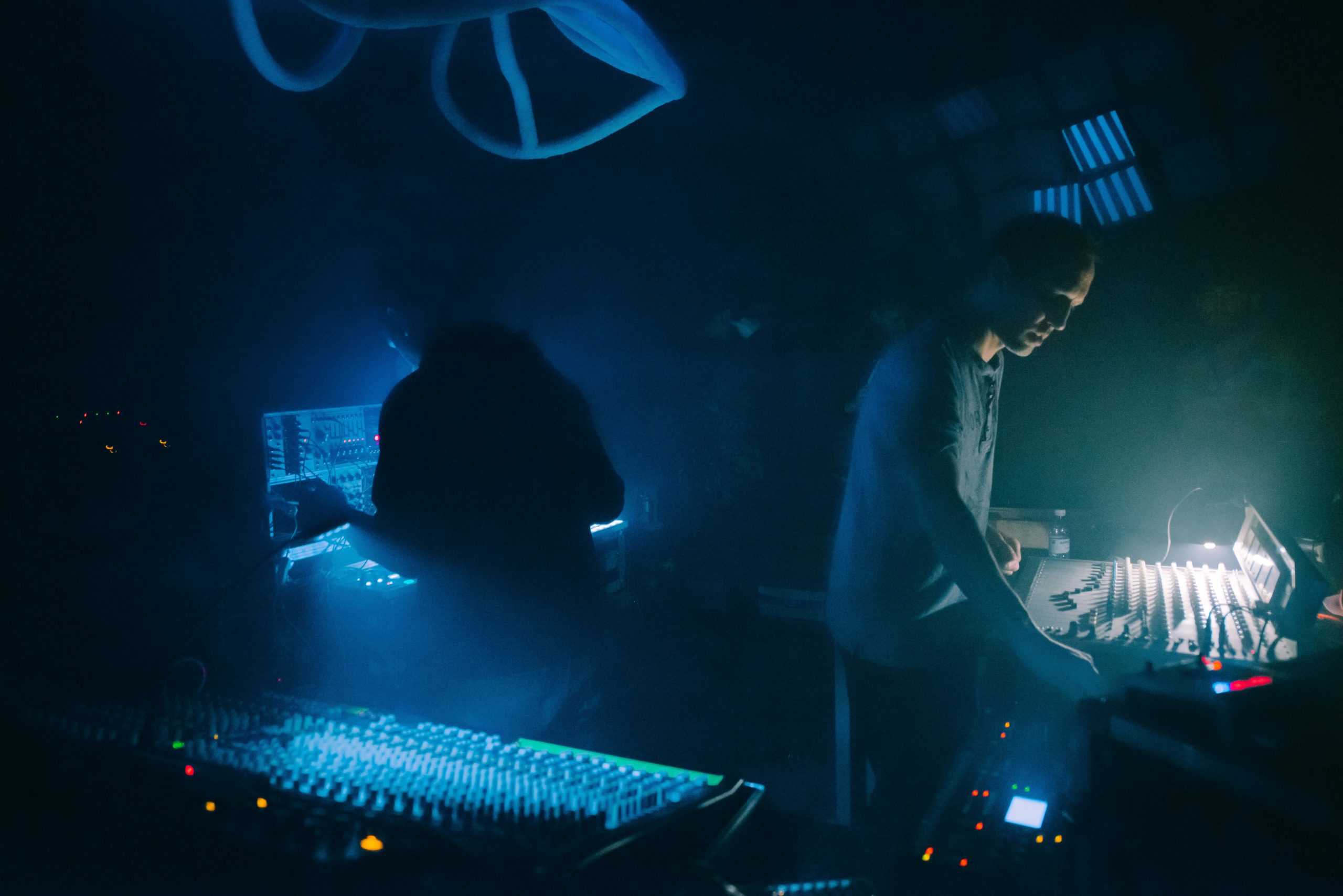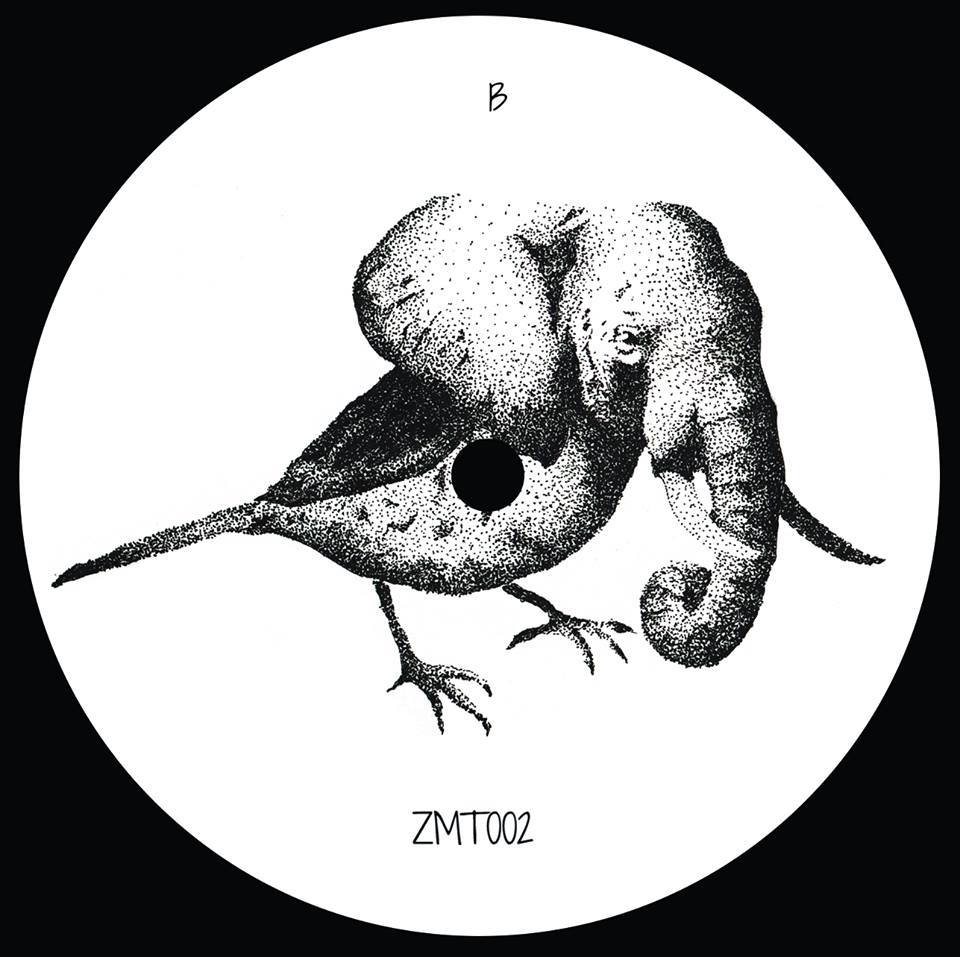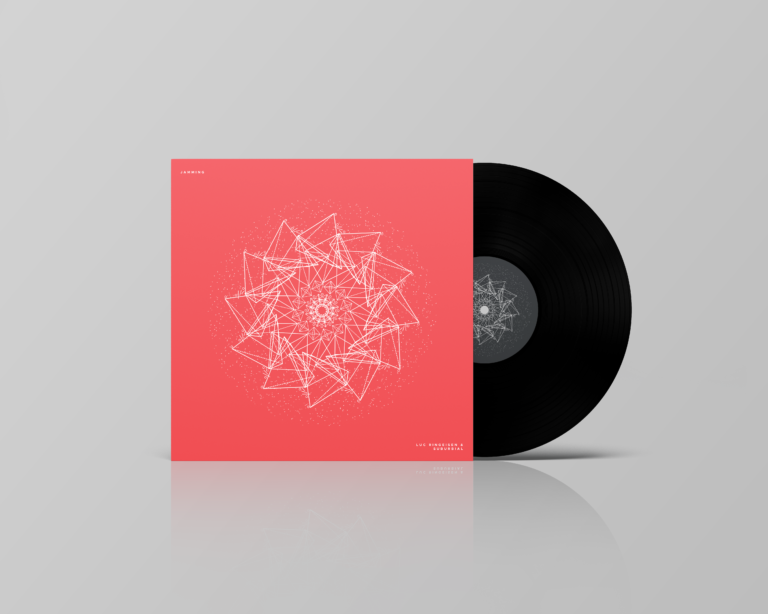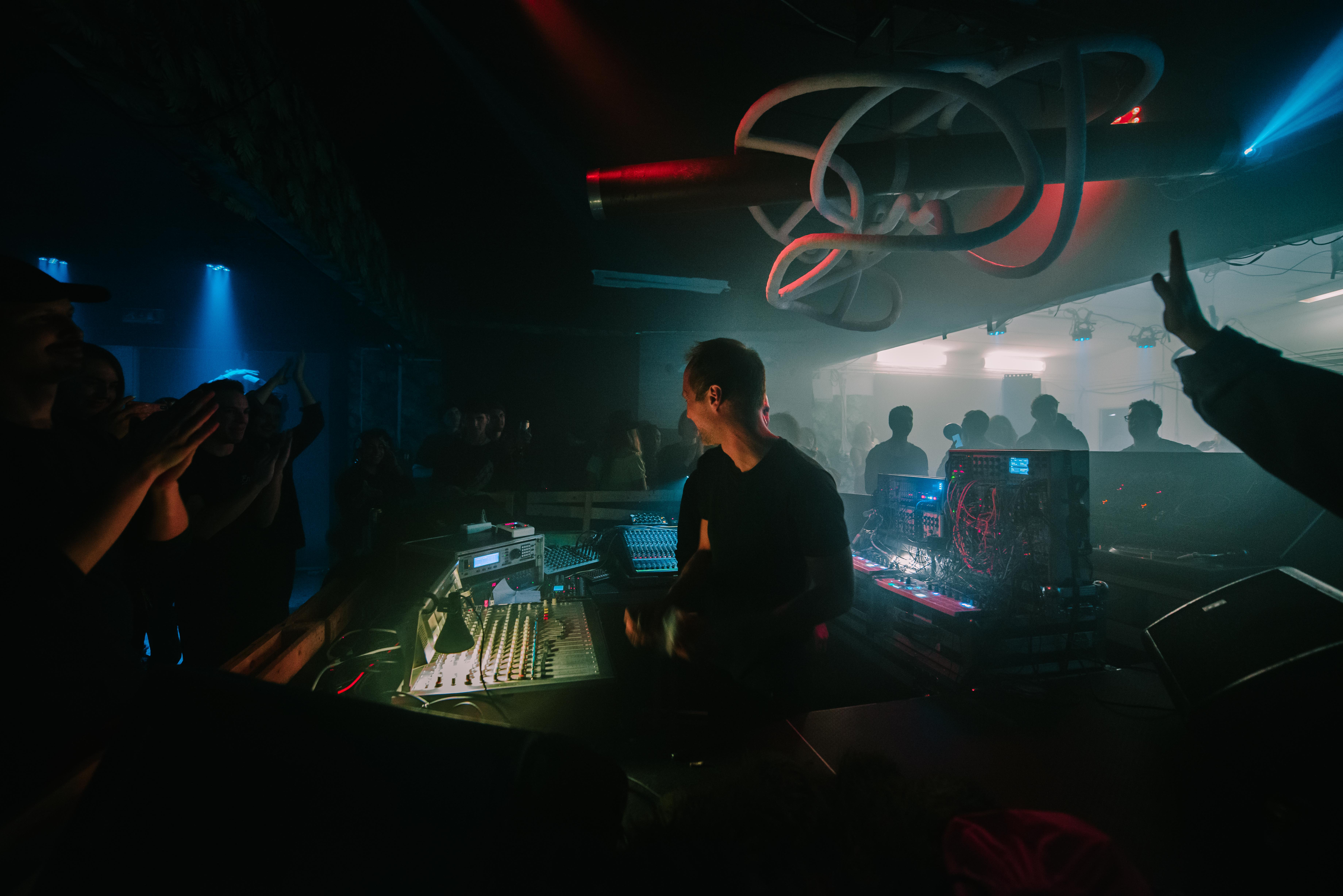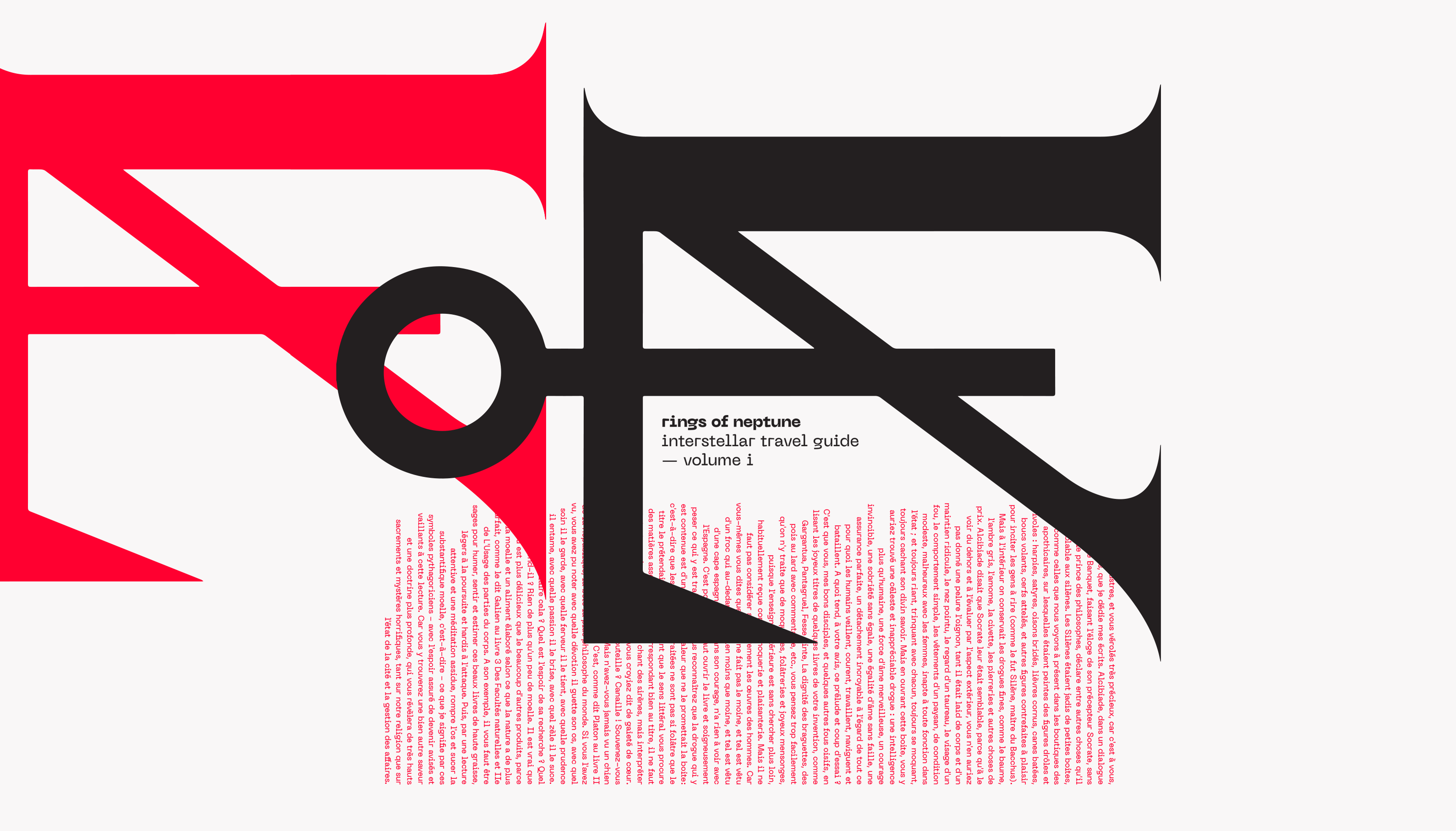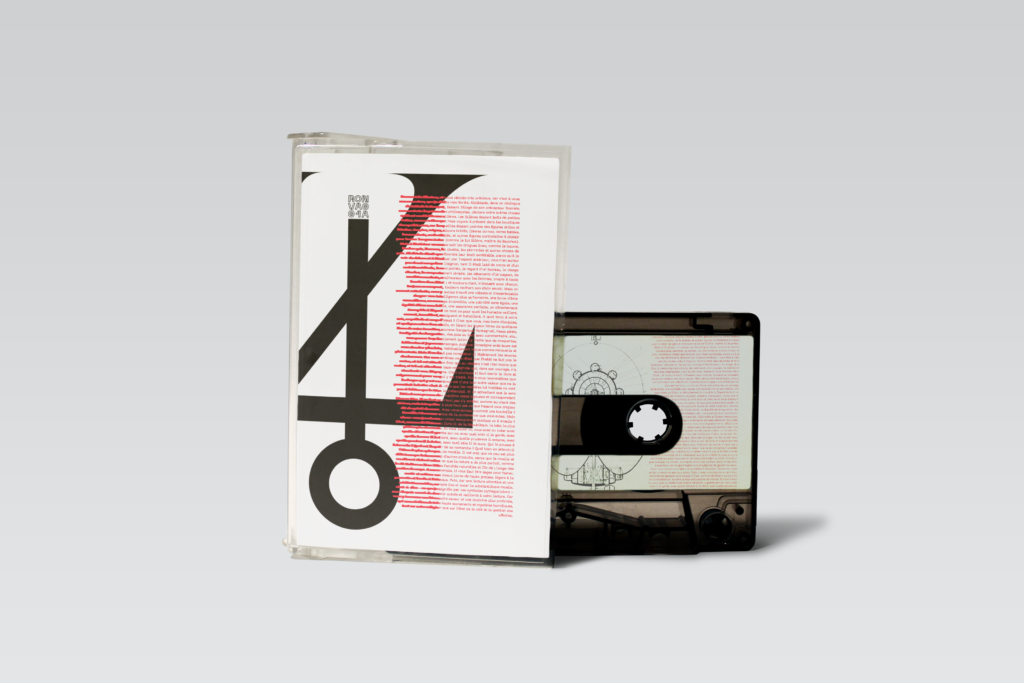You will need a sound card with at least 4 outputs, and 2 pairs of speakers, ideally of same brand and power.If the brands are different try to use speakers with more or less the same power. Place 2 speakers in front of you (= channels 1+2), and 2 speakers in your back (= channels 3+4). The set up should look as much as possible like a perfect square. The center of the square made by the speakers is your listening position.
To listen to the quad surround file:
First of all you have to configure you computer for quadraphonic audio, assigning the audio outputs of your sound cards to your 4 speakers. For example if you connect the output 1 of your sound card the speaker FRONT /LEFT, output 2 to the speaker FRONT / RIGHT, output 3 to the speaker REAR / LEFT and ouput 4 to the speaker REAR / RIGHT, you then have to tell your computer that you did so. On a Mac go to UTILITIES => AUDIO MIDI SET UP. On the left side you can select you sound card, then click on “CONFIGURE SPEAKERS” then select “QUADRAPHONIC” on the top right corner.
Finally assign an output to each speaker:
OUTPUT 1 = FRONT LEFT SPEAKER
OUTPUT 2 = FRONT RIGHT SPEAKER
OUTPUT 3 = REAR LEFT SPEAKER
OUTPUT 4 = REAR RIGHT SPEAKER
To play this file you will need a player able to play quadraphonic audio files, like for ex. VLC / QuickTime / Foobar and most of audio player softwares (many of them are free), or some home cinemas set up might work as well.
